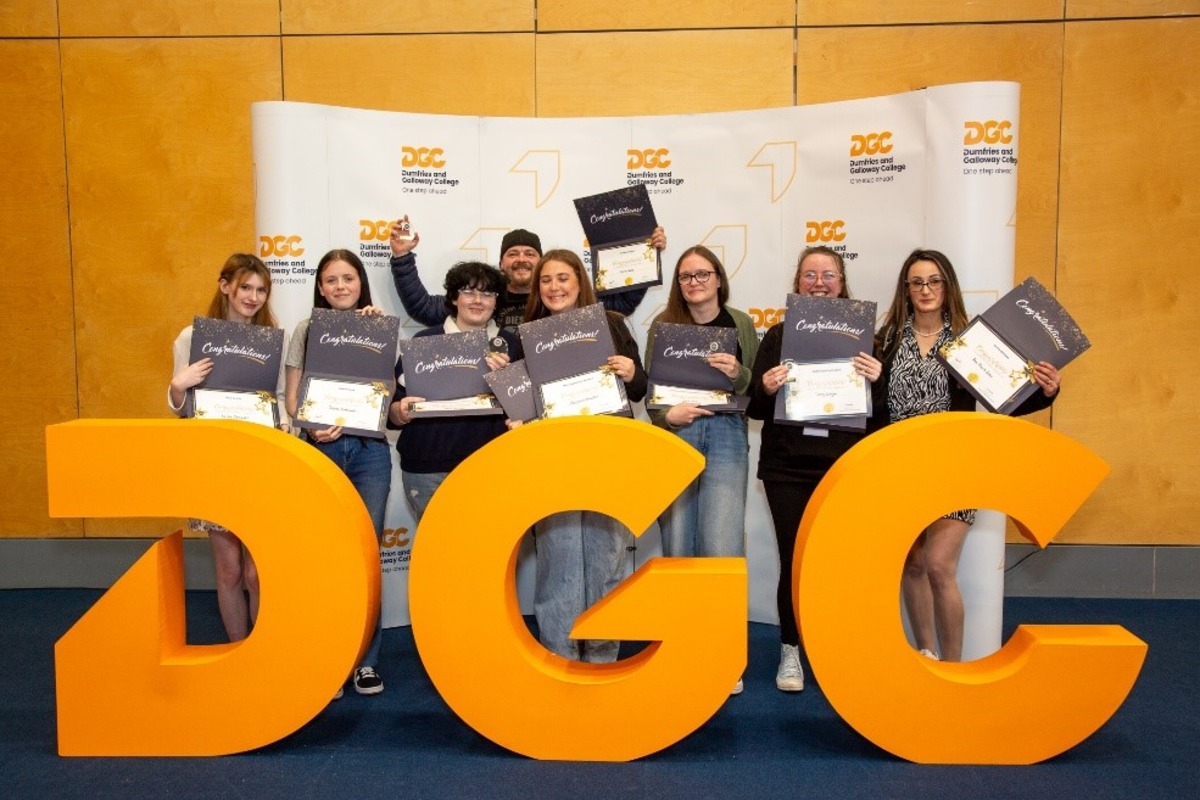Ensuring your university stands out: 5 top tips for managing online content

Earlier this year, thousands of prospective students from across the UK locked in their top university choices.
In the lead-up to the application deadline, higher education officials worked to ensure the best features of their courses were on display – reaching as many eager students as possible.
In just a few months’ time, the same cohort will sit the exams that will dictate which university they ultimately attend. And, for an increasing number of students, this may mean making a brand new choice through Clearing.
Last year, 38,140 students secured their university places through UCAS Clearing, up from 33,280 in 2022 – a rise of nearly 15 per cent.
Far from taking their foot off the pedal, as this time period approaches, it’s increasingly important for university teams to ensure their offering stands out from the crowd with new, engaging content.
The pandemic changed the state of play, with more and more students making their decisions based on what they read and find online, meaning easy navigation and uninterrupted access to various pages is vital.
Working with over 20 universities across the UK, at Zengenti, we know all too well the common challenges university officials face when managing their online content – and, crucially, how these can be overcome. Read on for our top tips for a seamless content management experience.
Managing and personalising vast volumes of content
Given the courses and extracurricular opportunities offered, it’s no surprise that many universities have tens of thousands of web pages.
Managing all this material can, inevitably, be challenging, particularly when considering the vast number of university staff responsible for different content – from course materials to career advice.
Enter the content management system (CMS) – a single place to create, maintain and deliver content. A CMS enables creators to produce, edit, and update website content – without requiring advanced coding knowledge.
Roles and permissions can be assigned, and the team’s progress can be tracked through various review and approval stages. Customised guidelines can also be set to help authors get it right the first time.
As more content is inevitably added, the CMS can easily be scaled up or down as and when required – ideal for the nature of higher education, where strategies and trends are constantly evolving.
Personalisation is also a huge buzzword right now, and can really help with the UX journey – particularly for students looking for targeted promotions, customised messaging or specific course pages. It’s also crucial to acknowledge that UG, PG, PHD and international students, for example, will resonate with different messaging as they have contrasting interests and motivations for studying abroad – so being able to unlock what makes them tick will help you deliver more personalised content for those users.
Updating content regularly
Outdated content can be a big red flag to website visitors – not only requiring them to take time to search for up-to-date information, but also giving the wrong impression about the level of care taken.
A CMS allows for content to be created in advance and edited with ease. To make this process pain-free for busy university staff, from start to finish, we’d advise:
- Put in place a user-friendly interface that allows creators to add text, images, and other media at their convenience.
- Opt for templates that allow users to create content aligned with predefined layouts and structures. For cohesion, align these with your university’s style guide and brand identity.
- Make the most of the preview functionality, enabling users to see how content will appear to visitors before publication.
- Make use of scheduled content features.
Not only will regular content updates lead to increased student engagement, but search engines will also reward university sites that frequently update their content, sending them up the rankings — a win-win.
Ensuring inclusivity
Many view online accessibility as a digital dark art — a technical aspect of web development best left to developers. In practice, however, there’s a lot that content creators and editors can do to improve the online experience for users with disabilities. It takes a team.
With an increase in the number of students disclosing a disability – 15 percent of the student body in English universities in 2020/21, according to think tank Hepi – it’s never been more important to ensure your website, and its content, is accessible to all. In fact, the reason it’s so important is because as much as 40 percent of web users today would abandon a website that takes more than three seconds to load.
This ethos is also one of the core principles behind the launch of our digital governance tool, Insytful.
Low colour contrast, missing alt text, broken links, ambiguous link text, missing form labels, empty buttons, and missing document language all make online content inaccessible, risking alienating an entire segment of the student population.
Having a tool that can help to avoid these errors is a good first step, aided by a CMS that is compatible with accessibility requirements and can draw attention to any improvements that need to be made.
Maximising the user experience
Information architecture (IA) is key to maximising the user experience. Although this term may sound complex, it simply refers to organising and arranging information to make it easier for users to find and understand.
Just as you wouldn’t expect a student to find a book in a university library without a classification system, it’s important to make navigating online sites as simple as possible through clear signposts to a user’s desired location.
Get to know how students use university sites through regular feedback, gathered through surveys, focus groups and your analytics package. Avoid unnecessary complexity, instead opting for short, simple, intuitive language.
Another way to maximise the user experience, while promoting your university offering, is through interactive experiences like event booking systems.
Working with our client Canterbury Christ Church University, we helped the team to implement an events booking platform to showcase and advertise everything the university has coming up – critical for the lead generation of new students.
The system makes it easier for prospective students to attend events like public lectures, open days and academic weekends, while helping the team increase sign-ups to the mailing list and capture student details to nurture them into a conversion.
Effectively handling any peaks in traffic
Each summer, the university sector sees a huge spike in traffic. On results day in 2020, the traffic to client University of Hull‘s website increased by 180 percent, from 6,200 daily users to 17,466.
Uninterrupted access to university sites on results day is crucial. Hours of time go into ensuring content is prepared ahead of the big day – but, if students can’t see this due to website errors, all efforts will be in vain.
Ensure your CMS is prepared to deal with an influx of traffic by creating an open dialogue with your team and supplier, asking any questions beforehand and perhaps even consider a load test.
It’s also worth making sure the internal team is briefed on how to switch content quickly and easily, if information changes suddenly as spaces are filled.











Responses